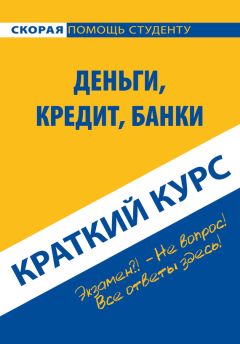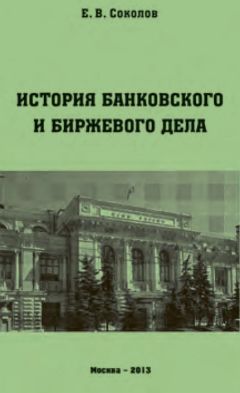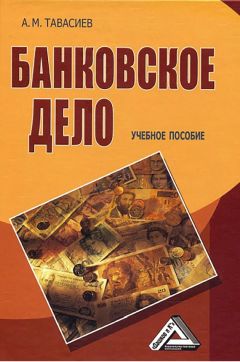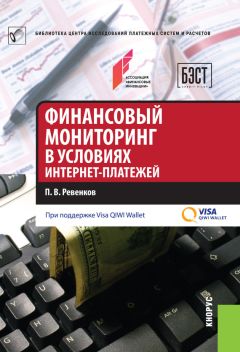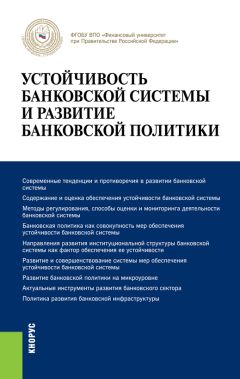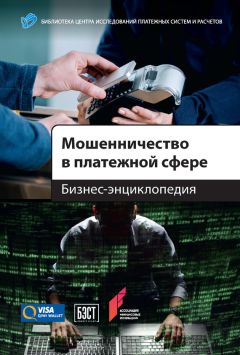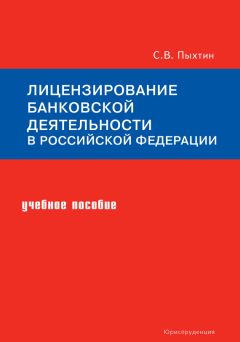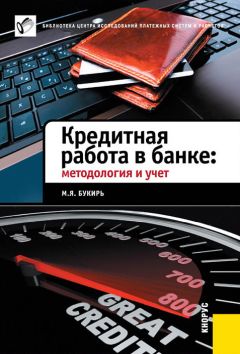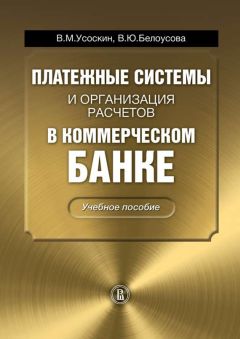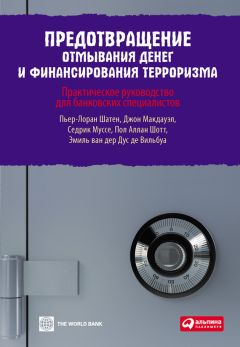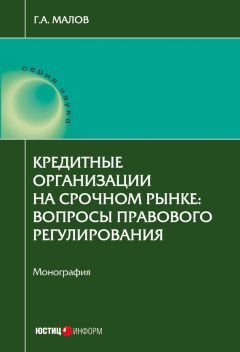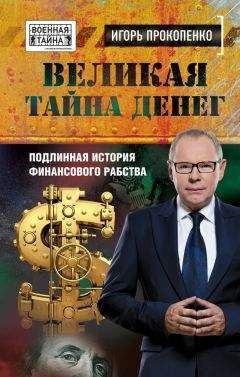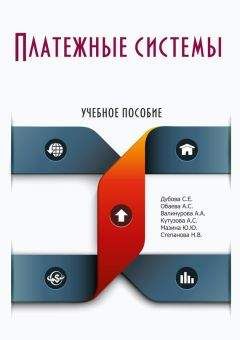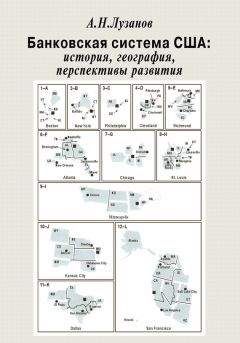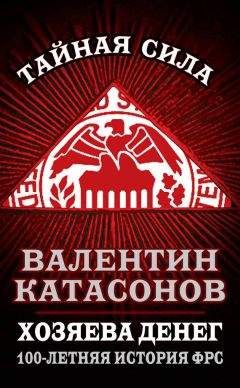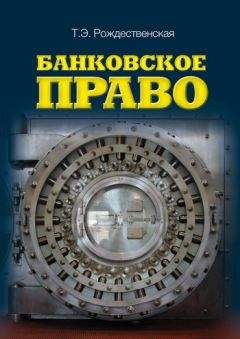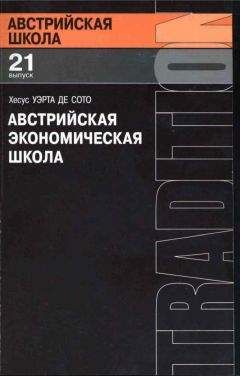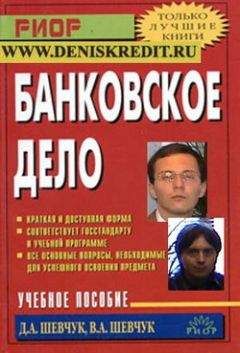Коллектив авторов - Money, money circulation and credit
Все авторские права соблюдены. Напишите нам, если Вы не согласны.
Описание книги "Money, money circulation and credit"
Описание и краткое содержание "Money, money circulation and credit" читать бесплатно онлайн.
This еducational manual reviews the questions of money, credit and bank system theory and practice in our country. In particular the essence of money, money turnover, credit, money, credit and bank system of the state, the establishment and development of the bank system of our Republic, its functions and operations, the capital market, stock-market and international currency and credit relations development.
This еducational manual is published for students and lecturers of the economic universities.
And is also could be useful for credit and fi nancial system employees.
Any distribution of this work or its part without the author’s agreement or other actions which violate a copyright norms are prohibited and punished by law.
В учебном пособии рассматриваются вопросы теории и практики денег, кредита и банковской системы страны, в частности, сущность денег, денежное обращение, кредит, денежная, кредитная и банковская система государства, становление и развитие банковской системы республики, ее функции и операции, развитие рынка ценных бумаг, фондовая биржа и международные валютно-кредитные отношения.
Учебное пособие предназначено для студентов и преподавателей экономических вузов. Также оно может быть полезным работникам кредитно-финансовой системы. Любое распространение этой работы или ее части без согласия автора или других действий, которые нарушают авторское право, запрещены и караются по закону.
Both credit and debit cards can be individual and corporate. The individual cards (Customer cards) are issued only to private persons and corporate – only to companies (enterprises).
Corporate card is linked to a companies’ account and can be issued only on a companies’ employee for payment of expenses coming from his business activity and official trips.
In a frame of cards classification on individual and corporate to a separate type the family cards could be divided. They are issued as individual only to private persons but also as corporate could be issued separately for every family member of a card account owner. Family cards in some specified sense are analogue to corporate – the right of making payments under the fixed limits is allowed to the card’s holder family members. Whereby the additional users are supplied with separate personalized cards.
Banking cards could be either separated according to payment systems or Card Associations in frames of which services are rendered. The most widely spread in the world are the cards of the following systems: VISA, EuroCard/MasterCard and American Express (AMEX). One card could be supported and served only by one payment system.
One more type of cards issued in the frame of payment systems is electronic cards. Many payment systems have them. In VISA for example it is VISA Electron, in MasterCard – Maestro. As was mentioned before such cards are non-embossed and intended only for electronic application. They could be cashed in cash machines and used for making payments for the goods and services purchased in the points of sale equipped with special electronic terminals. There are electronic cards which are intended only for getting cash money in cash machines, for example in MasterCard system the card Cirrus.
Virtual money is a special type of electronic money and its appearance is linked to the Internet opportunities. Nowadays there are a vast number of different services rendered in the Internet and paid by cybercash.
Thus it is possible to make shopping in the cybershops, to visit a cyber casino, to take up the shares, to use the analytical information, to get the consulting services, etc. For the goods and services payments via Internet there are some cyber payments systems intended for quick and secure settlements between the numerous of users. Money in these systems are represented by digits, thus it is called digital money.
Digital money could be kept on a computer hard drive or on a memory of smart cards (microprocessing plastic cards). The emission of digital money is also performed by bank which serves the cyber payment system. The issued digital money are provided by the means kept on the client’s banking account. Special security measures and tariff policy make the usage of these cards cost effective and reliable.
Nowadays throughout the entire world the co-branded plastic cards are very popular. Recently they are actively implementing into the CIS countries. Co-branded credit and depositary cards are the cards issued by banks and some companies collaboratively. They allow not only making payments of the goods and services but either give an opportunity to receive discounts and bonuses form a company- partner of the bank.
Abroad the co-brands constitute the best part of all plastic cards. Thus in Europe every fifth card is co-branded and in USA – every second.
The most successful and numerous cards are the cards which are issued in cooperation with the gross trade networks and supermarkets, they consist about 60 % of all the co-brands in the world. On the second place are the projects with the airline companies (about 10 %), then the projects with the petrol station chains and cellular service providers follow (5 % of each).
The most attractive in such cards for consumers is «cashback» – bonuses calculation for each purchase, usually it is 1-2% from the goods cost. The amount accrues gradually and in the end of the year the client can get it.
As to the co-brands with the airline companies here the client gets not only a money interest but the bonus miles either which in following can allow to get a free of charge ticket, to upgrade a service class or to book a hotel room.
Such projects require a heavy spending, large marketing work and motivation of both sides. It is not enough only to issue the card, it is necessary to implement it into the market actively. Herein it should be noted that the usage of co-branded plastic cards is very profitable form of sales. According to the statistics the turnover of these cards in the sales and service networks is on 30 % higher than of common.
The most perspective sphere in Kazakhstan is telecommunications because nowadays the cellular service providers have one of the most numerous clients base, because today the mobile phones are available for almost all.
The comprehension questions
1. List the types of metal money circulation.
2. What three kinds of bimetallism do you know?
3. Explore the meaning and name the types of gold monometallism.
4. Explain the meaning of paper money and tell about their evolution.
5. What kinds of credit money do you know?
Section 3. MONEY CIRCULATION
1.3.1. The meaning of money circulation
Money plays an exclusively important role in the market economy. Market is impossible without money and money circulation. Money circulation is a monetary movement in an internal business volume in cash or non-cash basis which serves to the goods realization and also to non commodity payments in business.
Money circulation mediates the gross national product turnover including the incomings of different classes. Money circulation maintains the movement not only of the goods but of loan and fictitious capital.
In the conditions of commodity-money relations in the processes of trading in a commodity, rendering of services and also execution of various commitments in monetary form the payments and settlements appear. The whole complex of all the money payments forms a money turnover the bigger part of which the wire transfers of enterprises for the realized goods and services consist. Such payments also mediate a part of money incomes and expenses of population.
Money turnover represents a complex of cash-in-hand flow and cash wire movements. There is a tight fit between them both: money constantly transfers from a cash form into a cashless and otherwise. The correlation of these two constituents changes as settlement relations develop and improve.
With the commodity circulation and settlement relations development the structure of monetary stock and correlation between the cash and cashless spheres of money turnover changes. If to the end of XIXth century the cash settlements prevailed in a money turnover of any country but nowadays in the developed countries the vast majority settlements are made in cashless order.
The cashless money circulation prevails which is served by cheques, credit cards by means of transfer of sums against the invoices of banks and savings banks, electronic translations. Thanks to the settlements computerization drawn on the accounts money easily transfers from cashless into cash money circulation. Besides the money turnover is completed by the treasure bills, obligations, certificates which confirm bank inpayments of a definite sum or gold.
The different instruments of the bank current accounts and deposits usage appeared. Among them are credit cards of «now» accounts for payments against the orders of writing off of amounts from saving accounts, of accounts for money transfers to third persons, etc.
1.3.2. Cash-in-hand flow and its organization
Cash-in-hand flow is a cash money movement in the sphere of turnover and its performance of two functions: of the mean of payment and of the mean of circulation. Cash money is used for payments of goods, services and works; for settlements which are not connected with movement of goods and services (payment settlements of salaries, bonuses, allowances, stipends, pensions, their revenues, social payments, for housekeeping needs, for business trips, for representational expenses, for agricultural products purchases, etc.).
The cash money movement is performed by means of different types of money: banknotes, metal coins, other credit instruments (bills of exchange, cheques, credit cards). The emission of cash money is performed by the Central (as a rule State) Bank.
As was mentioned before in Kazakhstan it is the National Bank which issues cash money and withdraws it in case of its worn-out state and changes money onto the new samples of notes and coins either. There are the following normative legal documents which take a control of a cash money circulation in our country:
The board of directors of the National Bank of the Republic of Kazakhstan decision dated from March 3, 2001 № 58 «The regulation of cash and safe deposit transactions conducting in regard to an encashment of banknotes, coins and real values in the second-tier banks and enterprises which perform the separate types of bank transactions of the Republic of Kazakhstan».
The board of directors of the National Bank of the Republic of Kazakhstan decision dated from October 10, 2002 № 401 «The rule of licensing and regulation of activities of an encashment of banknotes, coins and real values of the juridical entities excluding banks».
The board of directors of the National Bank of the Republic of Kazakhstan decision dated from May 28, 2007 № 56 «About the confirmation of an instruction on security and rooms arrangements of the second-tier banks».
The division of cash money onto paper and metal is determined by practical considerations of the money circulation convenience. For example in USA about 10 % of money is considered reasonable to keep in small coins. Consequently bypassing a simplification of settlement mechanism and a tendency to electronic money development the commodity production cannot avoid the cash money usage.
It keeps meaning:
– for disadvantaged population;
– in the conditions of crisis when a quest of cash money increases;
– for an illegal economic activity, evasion of property taxes, because cheques, credit cards, transactions are used by judicial authorities in evidence of different offenses.
Nowadays a retail trading in Kazakhstan basically consists of cash-in-hand flow. The majority of population is not served in banks and paid in cash. The clients who have banking accounts prefer to withdraw cash and use it for all their expenses.
For tax authorities it is almost impossible to trace and control the taxpayers revenues on the markets with cash-in-hand flow domination. The main part of cash money is spent on small purchases. Just according to these small payments on retail trading market the different types of production and import supporters can distribute a considerable volume of an unaccounted goods and the State at that faces a problem of tax collection.
Many people nowadays work without an appropriate registration and as a salary is paid in cash it is quite difficult to collect the taxes between an employer and an employee. Today the state doesn’t have any mechanisms allowing to register a real volume of consumption of the population and estimate a business situation in the sphere of indirect taxation.
The money owner needs a transparency and is forced to count constantly the available sums of money. Thus he prefers to keep it in a wallet. If he could see the rest of sum every time he wants and his money in some manner would secured from inflation thus surely he wouldn’t refuse to keep money in bank and to have an access to it by means of payment cards usage.
The National Bank of Kazakhstan specifies the requirements of cash services organization for banks and their clients and also of cash money holding, shipment and accounting. Under the law of RK dated from June 29, 1998 № 237 («BegoMOCTH napaaMema PK», 1998 № 11-12, article 177) the settlements between the juridical entities on a sum exceeding 4 000 monthly calculation indexes are made only by bank transfers.
Table2
The structure of monetary stock in the Republic of Kazakhstan *
The data of Table 2 shows that in Kazakhstan the dynamic fluctuation of the monetary stock volume is observed. In the monetary stock total volume the cash money took more than 20 % till 2005. It was related to the economic situation changes in the country while in modern conditions the share of cash money in the total monetary stock volume is not big especially in the industrially developed countries (for example in USA it amounts about 8 %).
Beginning from 2005 the share of cash money in circulation decreases and on 2009 it came to 12,4 % what is very good rate. It improves the structure of monetary turnover, widens the payment cycle and thus the circulation expenses decrease.
There is a tight fit between the cash and noncash circulations: money constantly transfers from one sphere of circulation into the other, it forms a total monetary turnover where the unified money acts.
In the national economic the cashless settlements prevail performed through the banks.
1.3.3. Cashless money turnover and its forms
Cash wire movements is a value transaction without cash money participation. The share of cashless settlements in Kazakhstan on January 1, 2009 takes 88 % of monetary stock. A high level of cashless settlements in any country shows a right and proper organization of the whole money turnover.
A noncash money turnover is performed by means of cashless settlements which are made without the usage of cash money by means of money medium transfers against the invoices in the loan institutions and by means of mutual claims offsets. Such settlements have an important economic value in the turnover acceleration, cash money decrease required for circulation, cost improvement on cash money issue and transportation.
Settlement relations include the following elements:
– the settlements’ members – supplier and consignee, buyer and recipient;
– the objects of settlement transaction (operation) – commodity and material valuables, rendered services, performed works, financial requirements and liabilities and also money and currency resources;
– the authorities which execute the settlements – banking system (commercial banks and cash settlement centres and also clearing agencies);
– the settlement intermediary agents – factoring companies and firms and guarantors either.
In accordance with the banks pattern of participation the settlements are divided onto the extrabank which are made by cosignatories passing the bank, onto the intrabank – between the cosignatories which have their accounts in one bank and onto the interbank which involve the money movement between different commercial banks.
For money medium holding and settlement transaction conducting each business entity opens a settlement / current / credit / deposit or any other account in the commercial bank depending on the enterprise’s status, kind of activity and source of financing.
The principles of cashless settlements were based in the period of credit reform in 1930-1932. The system of cashless settlements which existed in our country from the 30s till 1993 was suited for the costintensive mechanism of economic management and conformed to the administrative command methods of economic management.
Подписывайтесь на наши страницы в социальных сетях.
Будьте в курсе последних книжных новинок, комментируйте, обсуждайте. Мы ждём Вас!
Похожие книги на "Money, money circulation and credit"
Книги похожие на "Money, money circulation and credit" читать онлайн или скачать бесплатно полные версии.
Мы рекомендуем Вам зарегистрироваться либо войти на сайт под своим именем.
Отзывы о " Коллектив авторов - Money, money circulation and credit"
Отзывы читателей о книге "Money, money circulation and credit", комментарии и мнения людей о произведении.






